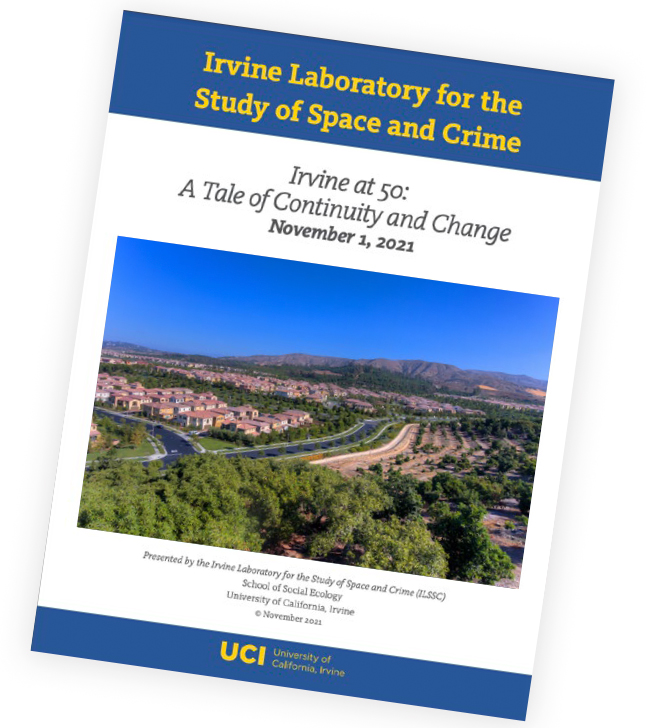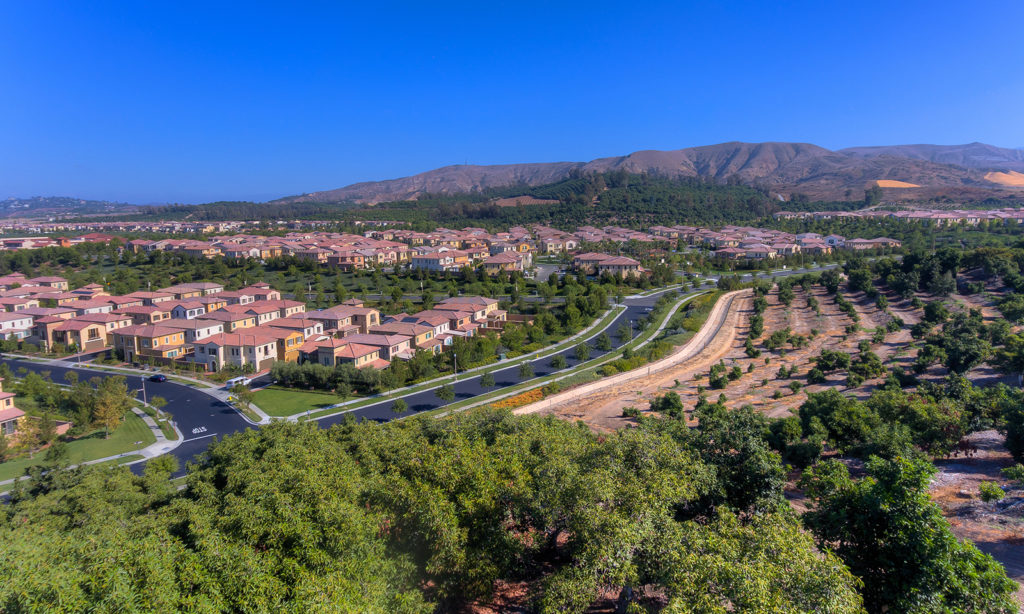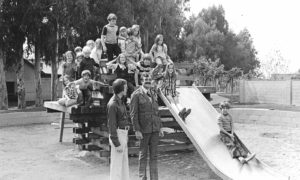 As young cities grow and begin to reach maturity, they sometimes deal with issues like an increase in crime. Yet, the opposite has occurred in Irvine. It has become more safe.
As young cities grow and begin to reach maturity, they sometimes deal with issues like an increase in crime. Yet, the opposite has occurred in Irvine. It has become more safe.
Property crime is roughly one-third of what it was in the ’90s. Violent crime has sunk to 15% of that of an average city.
For 16 consecutive years, Irvine has been ranked as the safest U.S. city of its size, with more than 35% less property crime and more than 50% less violent crime than forecast for a city of its size.
What gives?
In a 57-page
report, timed to commemorate Irvine’s golden anniversary last December, two UCI criminologists explore the mystery.
They point to several contributing factors, from a community-minded police force to how well the city is maintained. But one major crime-fighting strength appears to stem from its masterplanned village design.
The design, which encourages walkability and includes a central gathering place for each community, “creates more cohesion,” write the authors, John Hipp and Charis Kubrin, co-directors of UCI’s Irvine Laboratory for the Study of Space and Crime.
“Greater cohesion in neighborhoods increases the likelihood that residents will look out for one another, and keep an eye on what is occurring in the neighborhood,” the authors note.









